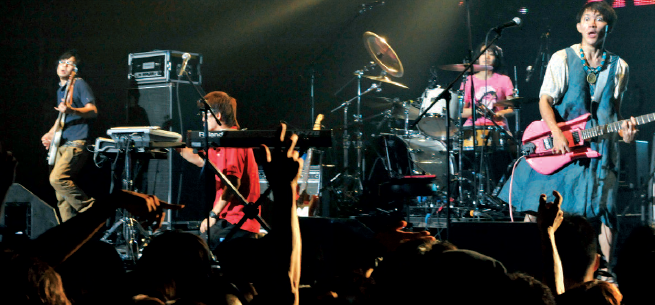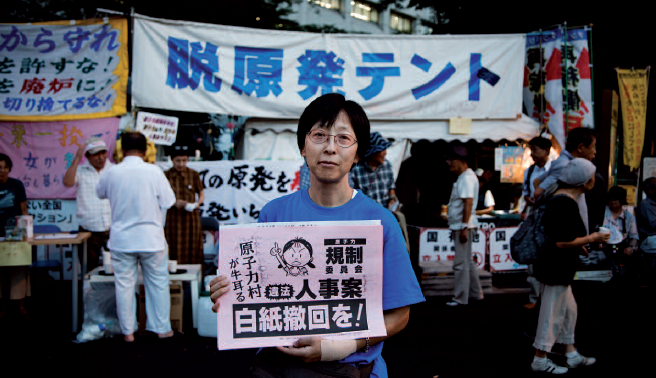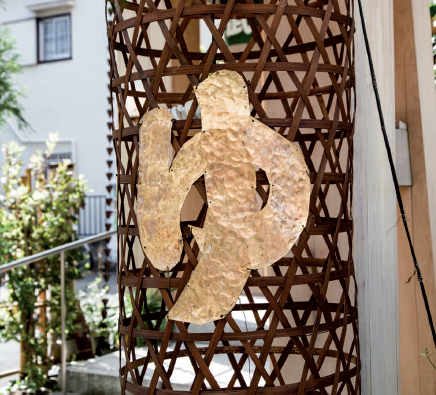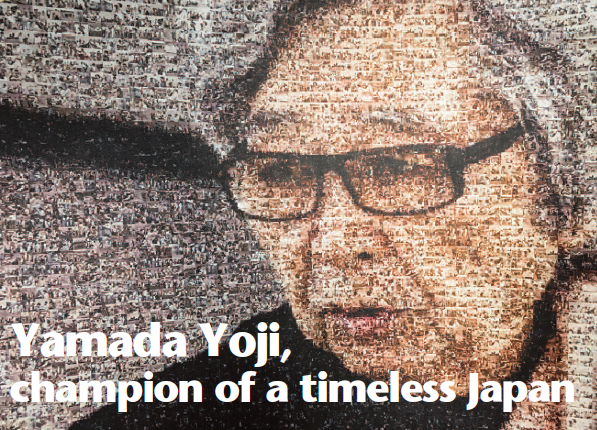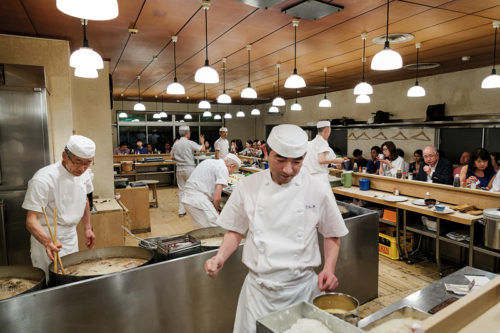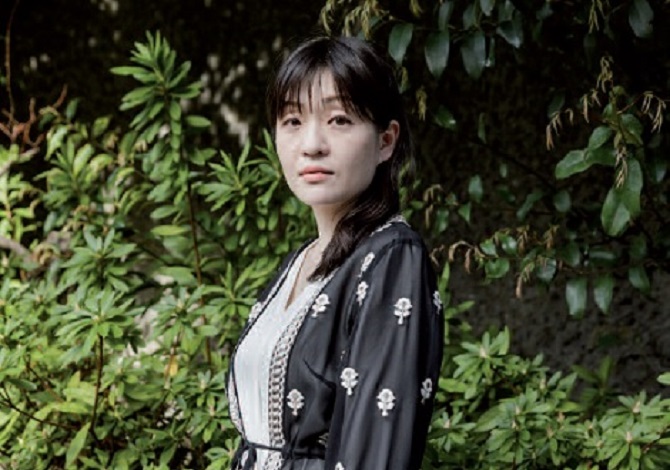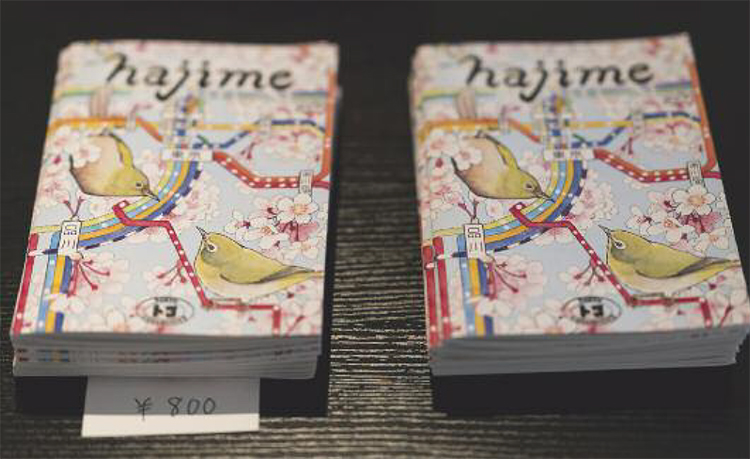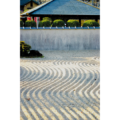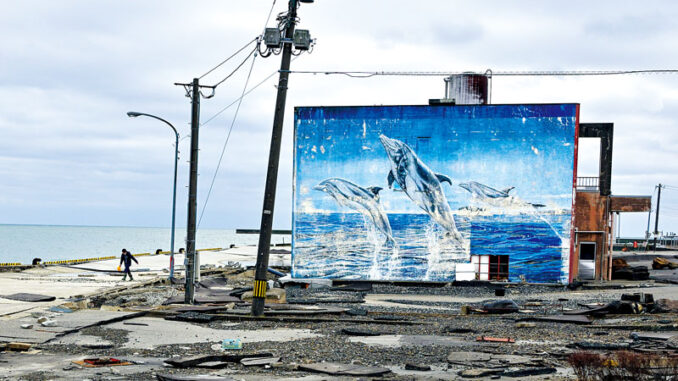
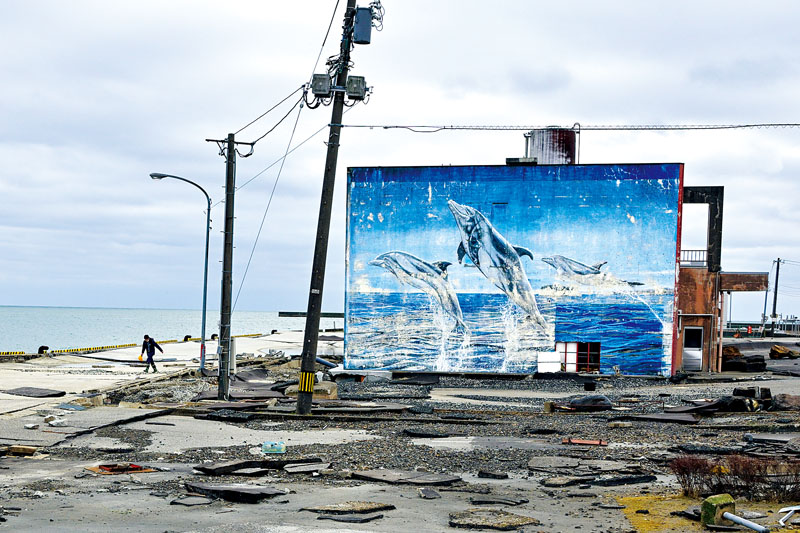
As the people of Suzu and other towns celebrated the New Year, the earth shook, causing chaos.
The 7.6 magnitude earthquake that rocked the Noto Peninsula on 1 January struck as residents were celebrating the New Year. Shogatsu is one of the few times in the year when Japanese people can enjoy a few days of rest. It’s also an opportunity for many elderly people in rural areas to welcome their family members from the city.
While massive tsunamis were mainly responsible for losses in Tohoku during the 11 March 2011 disaster, the 241 victims of the Noto earthquake were mostly recovered from under the rubble of their homes, which were unable to withstand the extreme intensity of the initial shock and the strong aftershocks that followed, as most of them were wooden houses built before 1981 and the introduction of stricter earthquake regulations. The Noto tragedy was exacerbated by two factors present in many rural areas of Japan: a very elderly population and an isolated region difficult to access. In Oku-Noto, the northern part of the peninsula, which includes the municipalities of Wajima, Noto, Suzu and Anamizu, half of the inhabitants are over 65 years old, which is much higher than the national average of 29.1%.
Nearly a month after the disaster, only one road provides access to Suzu, the locality closest to the epicentre of the earthquake and the only one, along with the village of Noto, to have been affected by the tsunami that followed the earthquake. Significant portions of the inland roads are cut off due to large cracks and landslides caused by the tremors. Without an alternative route, the area, which runs along Nanao Bay, forms a bottleneck causing massive traffic jams. It’s an endless queue of Self-Defence Forces’ trucks heavily laden with debris, construction machinery and rescue vehicles slowly winding their way through the rugged terrain of the peninsula. This difficulty with access was one of the main reasons for the delay in getting the first response teams into the hardest-hit areas.
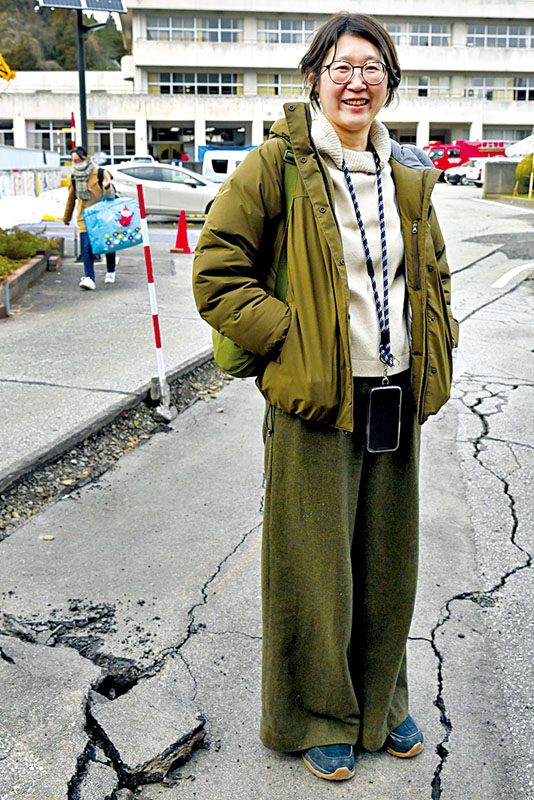
On arriving in the centre of Suzu after many long hours of travel, the roads are deserted, the main shopping street is just a heap of ruins, the areas affected by the tsunami are covered in debris, the houses gutted. A mournful voice repeating safety instructions echoes from loudspeakers set up all over the city: “Please turn off the electricity before leaving your home to prevent fires”. Prefecture employees are repairing the numerous utility poles and electrical cables lying on the ground; outside the town hall, a long queue has formed in the cold for a distribution of gyudon (beef marinated and simmered on a bed of rice) provided by the Sukiya restaurant chain. Each person collects their ration and returns quickly from where they came, temporary accommodation centres or individual houses that haven’t collapsed as a result of the tremors.
Living conditions vary greatly from one evacuation centre to another. At Ida Prefectural High School, built on the city’s high ground and where 140 survivors of the disaster are housed, people are grim faced and tired. An icy draught is blowing through the building, in poorly heated classrooms elderly people, looking as though they are hiding under the mountains of blankets, talk quietly. Most survivors return home during the day, like this elderly lady bundled up and carrying bulky luggage who braves the bad weather and walks along slowly in the cold. The weakest have been evacuated by bus to a modern sports complex on the outskirts of Kanazawa, the capital of Ishikawa Prefecture, to wait for better conditions. Kado Hideaki, the school’s principal, is also exhausted after the past few stressful weeks and admits his sadness at seeing two-thirds of his students and teachers leave the previous week. “I really have no idea when they’ll be able to come back,” he says. As living conditions in the peninsula will not permit a rapid return to normality, the prefecture has decided to relocate pupils in Kanazawa. Only children who prefer to stay with their families will continue to attend the high school in specially reorganized classes. Outside the school, a group of volunteers from the People’s Republic of China cook dumplings in large steaming pots. “We’re also receiving help from Turkish, Indian and Taiwanese organizations!” adds the principal. It was many days before the first emergency supplies reached Suzu, but today, there’s rather too much; the weight of water bottles and other essential goods has literally caused the wooden floor of the large gymnasium, which serves as a storage and distribution centre for food and is being managed by the Self-Defence Forces, to collapse.
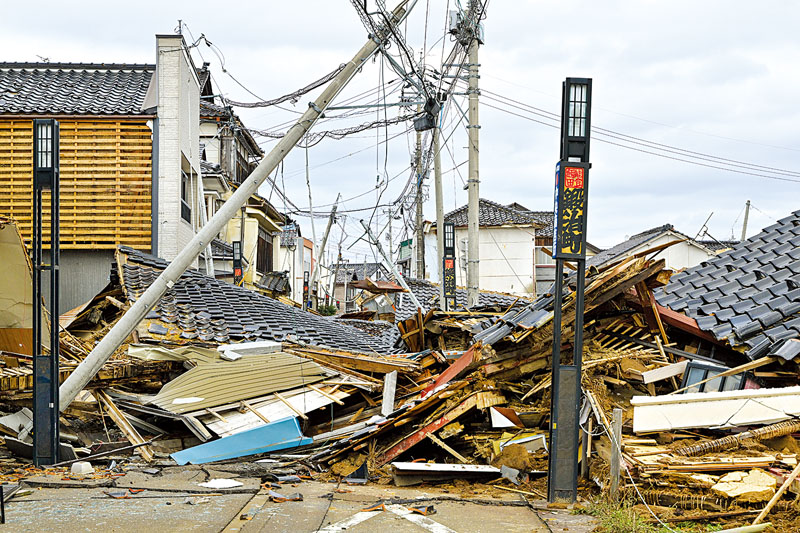
A few hundred metres away, on the other side of the river, the evacuation centre set up in the municipal elementary school presents a different picture. The building is well heated, and the military have set up a temporary public bath in large khaki-coloured tents in its courtyard. In a classroom, a group of elderly men, obviously happy to be together, chat cheerfully around a large paraffin stove. Here, we meet Ochiai Ko, a 45-year-old mother who has taken refuge in the school with her parents aged 79 and 77. “We’re quite comfortable here,” she confirms. On 1 January at 4.10 pm, when the earth began to shake, she was at her parents’ house watching television with her three children and husband. “I’d never been so scared in my life; I thought I was in a Godzilla movie, that it was going to attack and we had to escape! It was terrifying, but the tremors were so strong that it was impossible to move,” she recalls animatedly. “Luckily, our house didn’t collapse, and we were all able to get out safely and take refuge in the garden.” The family then went to find shelter at the elementary school, the designated evacuation centre for the neighbourhood, as tsunami warnings sounded. It was about half an hour later that a giant surge of water flooded the streets along the coast, sweeping away vehicles and crushing houses.
While her children and husband stayed temporarily with family in Kanazawa, her elderly parents refused to leave, so she remained in Suzu to take care of them. “They’re fairly healthy, but they complain all the time: eating the same thing every day, not being able to watch TV, not being able to be with their dog,” she sighs. “They just want one thing, to return home quickly. But for now, as there’s still no water or electricity, they have to be patient.”
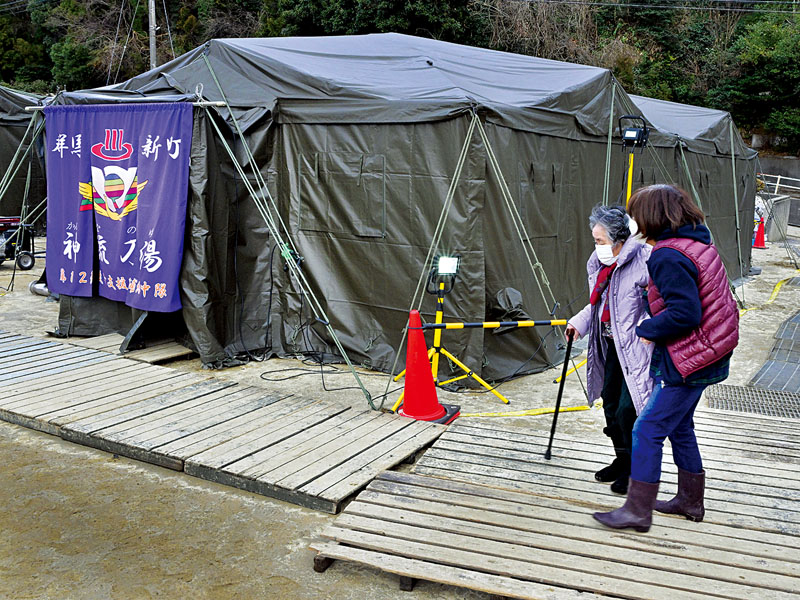
It’s often said that Japanese people are accustomed to earthquakes and well-prepared for natural disasters. But in reality, very few people have direct experience of such violent tremors. Moreover, on the shores of the Sea of Japan, tsunamis are much rarer than on the Pacific coast of the Archipelago, and consequently, the perception of risk is lower. In addition, the Noto Peninsula was not considered an area of high seismic risk. And, furthermore, few families follow to the letter the authorities’ instructions to stockpile enough food and water to survive for several days in the event of a very strong earthquake and are often lulled by the reassuring idea that it won’t happen to them.
In the days following the disaster, the government was criticized for not deploying sufficient numbers of the Self-Defence Forces to the affected areas. By mid-January, 7,000 soldiers were stationed in Noto, far fewer than the 26,000 deployed following the Kumamoto earthquake in 2016. In an interview with the Asahi Shimbun newspaper published on 14 January, Masuteru Murosaki, Emeritus Professor at Kobe University, a disaster prevention researcher and former Ishikawa Prefecture disaster management advisor, made a startling admission of guilt and acknowledged the delay in the initial response. “I believe that national and prefectural leaders underestimated the disaster because they were unable to assess the extent of the damage immediately after the earthquake. The initial response resembles a man-made disaster,” he asserted. “The delay in delivering emergency supplies to evacuation centres was partly due to geographical factors such as blocked roads on the peninsula, but also because the system for understanding what was happening in the disaster zone was not functioning. This led to poor decisions at the top.” “What’s more, we restricted the arrival of civilian volunteers for fear they would interfere with the Self-Defence Forces, police and firefighters. However, from the start, these public services were insufficient: help from specialized volunteers was also necessary not only for medical care and healthcare but also to support the evacuation centres,” he added. Jikko Fujiwara, a young female volunteer from a medical association who arrived in Noto just two days after the earthquake, confirmed this. “We were made to feel that we were in the way, it was really frustrating not being able to get to work.”
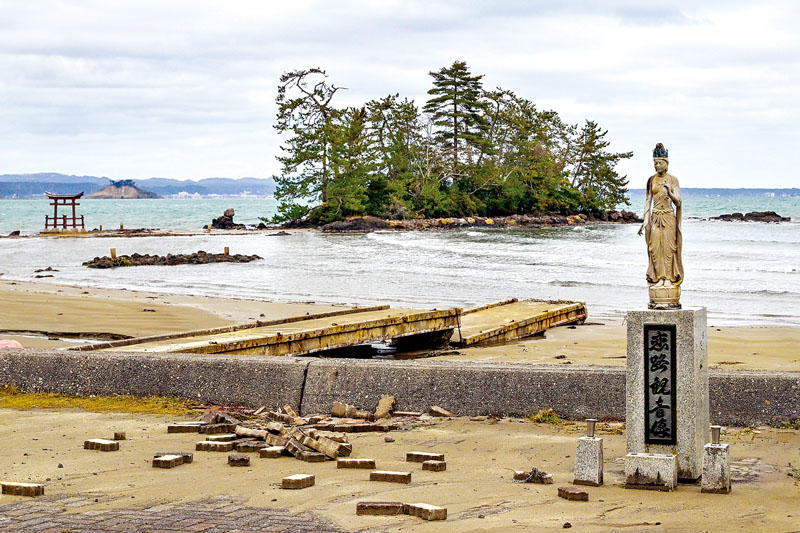
Located at the southernmost tip of Suzu city is Lovers’ Road beach, a tourist attraction inspired by a legend of star-crossed lovers dating back to the Genpei War (1180-1185). An elegant statue of Kannon, the goddess of compassion, erected to commemorate this tale, miraculously escaped the earthquake and tidal waves that disfigured the coastline here. With her back to the sea, she watches from her pedestal as cars pass by. It will doubtless take many long months before tourists return to Suzu, but Kannon is already there, ready to welcome them.
Eric Rechsteiner
To learn more on this topic, check out our other articles :
N°139 [FOCUS] TOME – A tragedy for rice farming
N°139 [FOCUS] SHIKA – In the shadow of the nuclear power plant
N°139 [FOCUS] WAJIMA – The tragedy of trial by fire
N°139 [TRAVEL] Osore-zan, a foretaste of hell
Follow us !

